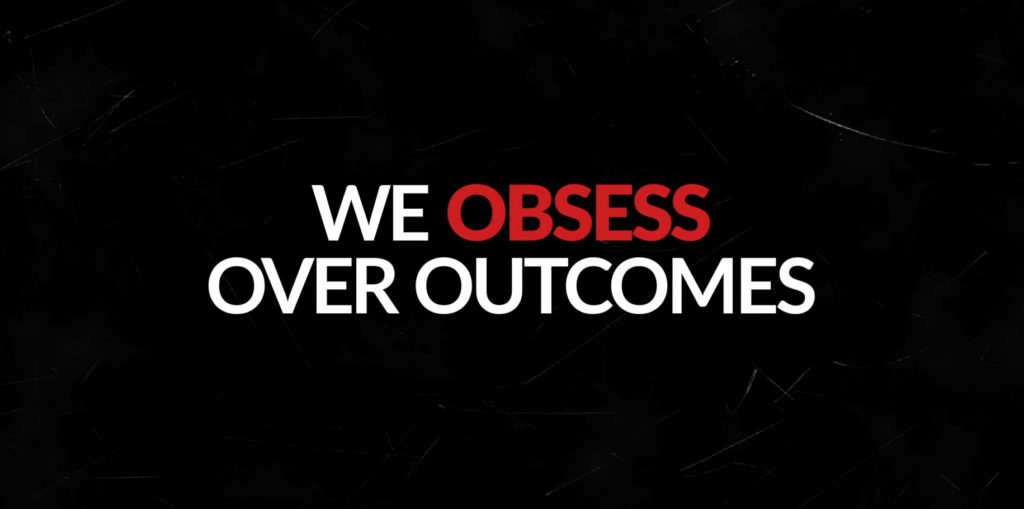In the Bronx, NY in April of 1998, it was the best of times, and it was the worst of times. The Yankees had won a World Series two seasons prior and had started their 1998 season with their young shortstop, Derek Jeter, on his way to his first All-Star game. The Yankees would win a then-record 114 regular season games and added 11 more in the postseason, sweeping the World Series over the Padres led by Tony Gwynn. They would have a World Series parade through the Canyon of Heroes in lower Manhattan that fall, past the Twin Towers.
Meanwhile in the Bronx, Yankee Stadium II, which had been completely renovated in 1974-75, had a 500-pound concrete and steel beam suspended beneath the upper deck of Yankee Stadium come loose and crash into the empty seats below, prompting city officials to close the landmark stadium and force the Yankees to postpone several games. The beam fell with such force that it obliterated one seat along the third-base line and punched a hole in the concrete below.
Blockchain Is A Permanent Record
In the last series of articles published by members of Perficient’s Digital Assets Team, we wrote about the improved visibility of blockchain-based supply chains assisting all supply chain transaction partners to share data through permission-based Blockchain solutions. Blockchain solutions help companies, and their customers, use data to securely handle supply chain disruptions and build resiliency into the visibility process. Blockchain solutions can also make use of smart contracts which are automatically triggered when pre-defined business conditions are met. This provides near real-time visibility into operations events as well giving the ability to take action earlier. It also highlighted how blockchain supports Supply Management by supporting parties while conducting transactions with each other through improved security, contract compliance, and cost reduction. In this article, however, we are going to highlight the visibility desired but focus on another positive aspect of blockchains not mentioned in those online articles – permanence.
After the beam collapsed, the city had to test all beams at Yankee Stadium. However, even after approving the reopening of the Stadium, several questions remained unanswered. What weight of concrete had been poured during the construction of the beam? What was the temperature and precipitation in the Bronx when the concrete had been poured? The contractor could be found, but the sub-contractors who had actually done the work on the concrete and beam back in 1974-75 had been lost to time, much less the actual worker who had done the work.
Imagining Future Data
Imagine, when designing your blockchains, for any and all data that may be desired in the future. A properly designed construction action plan on Yankee Stadium in 1974-75 using 2023 technology would likely have each worker scan into the construction site. Each day’s activities for each worker and their responsibilities for that day would be recorded electronically. Weather, including precipitation and temperature, could be recorded hourly from a standard weather service. All deliveries, including construction, would be ordered, recorded, and paid in the same blockchain. All of this information would have been very helpful to the Yankees in 1998. Armed with all of that info, the Yankees may have won even more games that season!
Perficient has numerous ways to help clients start redesigning their supply chain. Whether that would or would not include blockchain, if you would like to have Perficient SMEs work with you on a supply chain road map, solutions, or technology platform assessments, assess your firm’s technology inventory – or just have a conversation – reach out to us here.
Previous Articles:
Measure Twice, Cut Once. Plan Twice, Build Once
Starting Down the Road to Supply Chain Visibility
Blockchain: The Secret Sauce to Supply Chain Visibility
About the Authors:
Carl Aridas
Carl Aridas has been a member of Perficient’s Digital Assets Team since 2021. Supporting mostly large financial services firms, he is certified in the Scaled Agile Framework (SAFe), is a Scrum Master, and is a Six Sigma Green Belt project manager.
Lin Eshleman
Lin Eshleman has been a member of Perficient’s Supply Chain team since 2021. Supporting large, cross-industry Supply Chain firms, he has a PMP certification and is a Six Sigma Green Belt project manager.





Leave A Comment